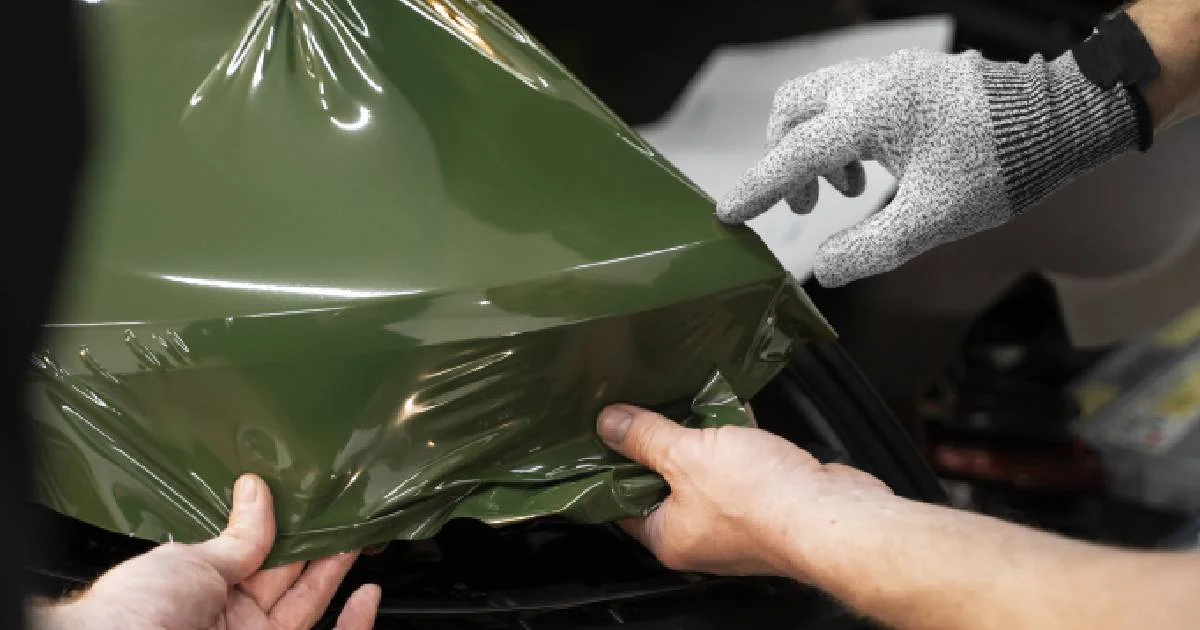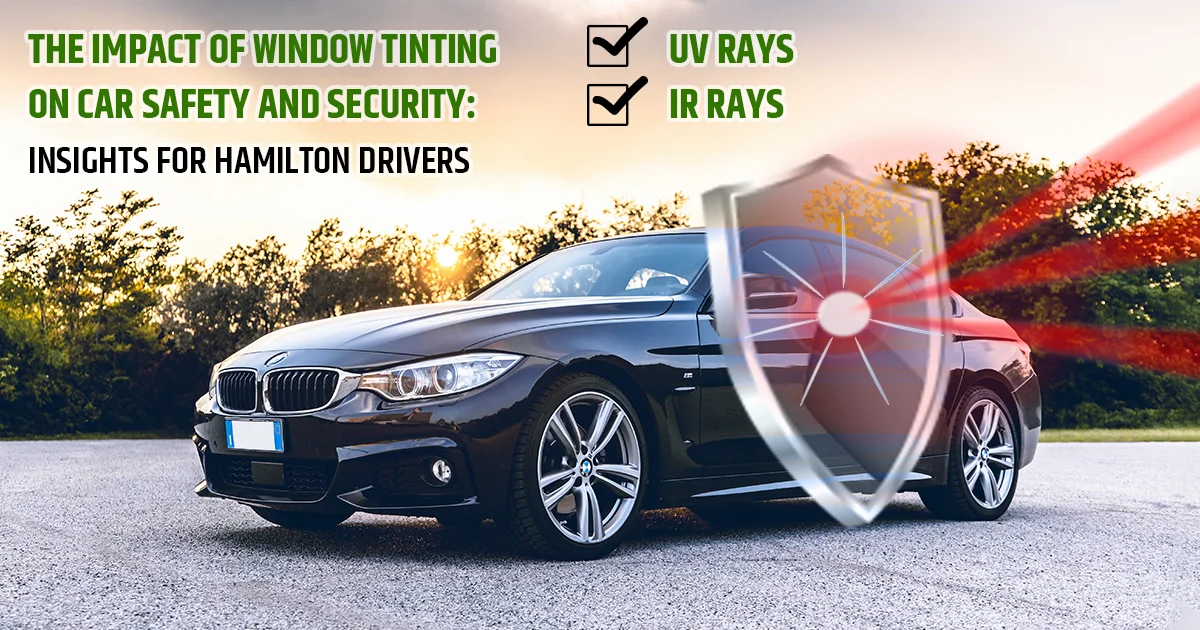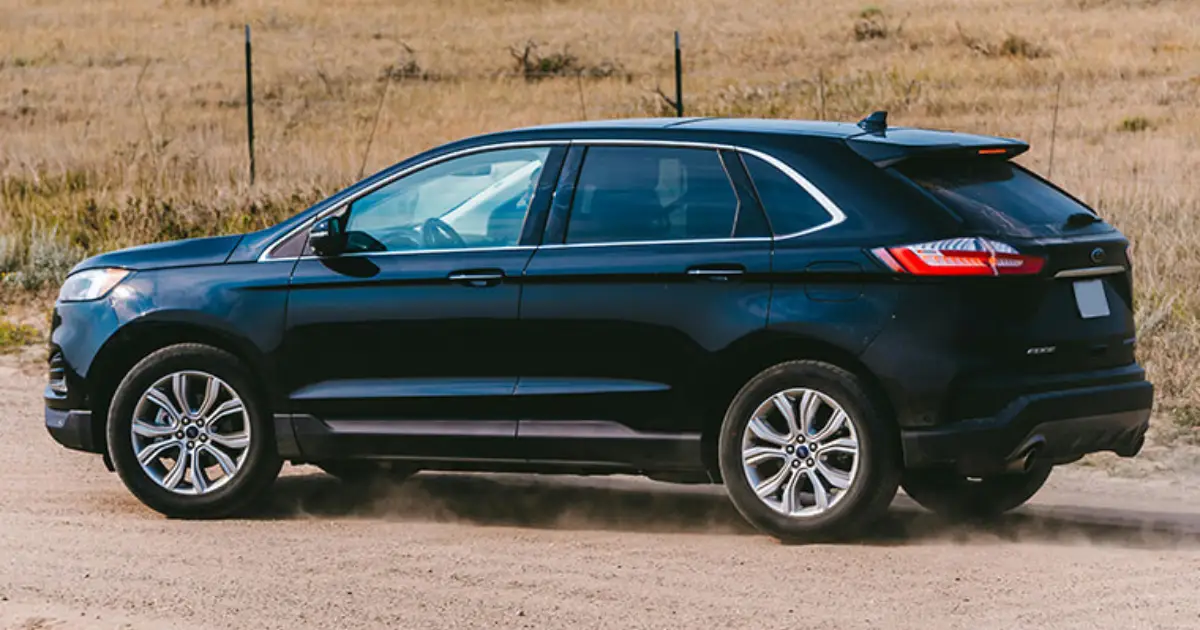
How Long Does Car Wrapping Last
10 Feb 2024, By AdminIntroduction
Car wrapping has become an increasingly popular method for vehicle customization, allowing car owners to express their style and protect their vehicles' original paint. However, like any automotive enhancement, car wrapping is not a permanent solution. In this blog, we'll delve into the factors that influence the longevity of car wrapping and answer the burning question: How long does car wrapping last?
Understanding Car Wrapping
Car wrapping involves applying a thin, adhesive vinyl film to the exterior of a vehicle. This vinyl can come in various colors, patterns, and finishes, providing car owners with a versatile and cost-effective alternative to traditional paint jobs. Car wrapping is known for its ability to protect a vehicle's paint from scratches, stone chips, and other environmental damage while allowing for easy removal or color changes.
Factors Influencing Car Wrap Longevity
- Quality of Materials: The longevity of a car wrap heavily depends on the quality of the materials used. High-quality vinyl films with UV-resistant properties tend to last longer and maintain their appearance over time. Cheaper, low-quality materials may deteriorate more quickly, leading to premature discoloration and peeling.
- Installation Skill: Proper installation is crucial for the durability of a car wrap. Professional installers with experience and skill ensure that the vinyl adheres uniformly, avoiding air bubbles, wrinkles, and edge lifting. Poor installation can significantly reduce the lifespan of the wrap.
- Environmental Factors: The environment in which a vehicle is driven and parked plays a vital role in how long a car wrap lasts. Harsh weather conditions, exposure to extreme temperatures, and prolonged sunlight exposure can accelerate the wear and tear of the vinyl. Regular exposure to elements like salt, bird droppings, and tree sap can also affect the wrap's longevity.
- Maintenance and Care: Proper maintenance and care are essential for maximizing the lifespan of a car wrap. Regular washing with mild soapy water, avoiding abrasive cleaners, and keeping the vehicle sheltered when possible can contribute to preserving the wrap's appearance.
- Intended Use: The intended use of the vehicle can impact the longevity of the car wrap. Vehicles used for daily commuting and exposed to heavy traffic may experience more wear than those used less frequently. Similarly, off-road or adventurous driving may increase the likelihood of damage to the wrap.
Signs of Aging and When to Replace
- Fading: One of the most common signs of an aging car wrap is color fading. This is often a result of prolonged exposure to sunlight.
- Peeling or Lifting: If the edges of the wrap start to lift or peel, it's an indication that the adhesive is losing its effectiveness, and the wrap may need replacement.
- Cracking or Wrinkling: Over time, the vinyl may develop cracks or wrinkles, affecting both the aesthetic appeal and the protective function of the wrap.
How long does car wrapping last?
Car wrapping longevity depends on various factors.
What signs indicate that a car wrap needs replacement?
Signs that a car wrap may need a replacement include:
- Fading: If the colors on the wrap start to fade or lose vibrancy, it may be time for a replacement.
- Peeling or Bubbling: The appearance of bubbles or peeling edges indicates that the adhesive is failing, and the wrap needs attention.
- Cracks or Tears: Physical damage, such as cracks or tears in the vinyl, compromises the effectiveness of the wrap and may necessitate replacement.
- Loss of Gloss: If the wrap loses its glossy finish and becomes dull, it may be a sign of wear and tear.
How much does it cost to replace a car wrap?
The cost of replacing a car wrap depends on various factors, including the size of the vehicle, the complexity of the wrap design, and the quality of materials used. On average, you can expect to pay a few thousand dollars for a full wrap replacement.

The Impact of Window Tinting on Car Safety and Security: Insights for Hamilton Drivers
10 Feb 2024, By AdminWindow tinting has become a popular choice among car owners in Hamilton and for good reason. Beyond its aesthetic appeal, window tinting offers several benefits, including enhanced privacy, protection from harmful UV rays, and improved temperature control inside the vehicle. However, one aspect that is often overlooked is the impact of window tinting on car safety and security. In this blog post, we will delve into the various ways in which window tinting can contribute to a safer and more secure driving experience for Hamilton drivers.
1. Reduced Glare for Enhanced Visibility: Driving in Hamilton, like any other city, can pose challenges with regard to glare from the sun and headlights. Window tinting helps to mitigate this issue by reducing the amount of light that enters the vehicle. By minimizing glare, window tinting improves visibility and enables drivers to have a clear view of the road, reducing the risk of accidents caused by impaired vision.
2. Protection from Shattered Glass: In the unfortunate event of an accident, the window film applied during tinting can act as a protective barrier. It holds the shattered glass together, preventing it from scattering all over the vehicle's interior. This not only minimizes the risk of injuries from flying glass shards but also makes it harder for potential intruders to gain access to the car during an attempted break-in. Window tinting thus adds an extra layer of security to your vehicle.
3. Enhanced Privacy and Theft Deterrence Privacy: is a significant concern for many drivers, and window tinting provides an effective solution. It limits the visibility of the vehicle, preventing prying eyes from scrutinizing your valuables and personal belongings. With tinted windows, you can go about your daily activities in Hamilton with greater peace of mind, knowing that your privacy is protected. Moreover, window tinting acts as a deterrent against theft. By concealing the contents of your car, it reduces the likelihood of opportunistic thieves targeting your vehicle. Criminals are less likely to break into a car when they are unsure about what lies inside, making window tinting a valuable investment for your vehicle's security.
4. Temperature Control and UV Ray Protection Hamilton: Experiences varying weather conditions throughout the year, and car window tinting in Hamilton can help regulate the temperature inside your car. The film used in window tinting acts as a heat barrier, reducing the amount of solar heat that enters the vehicle. This can be especially beneficial during hot summer months, keeping the interior cooler and reducing the reliance on air conditioning. Additionally, window tinting blocks a significant amount of harmful UV rays from entering the car. Prolonged exposure to UV rays can cause skin damage and increase the risk of skin cancer Tinted windows offer an added layer of protection by blocking up to 99% of these harmful rays, ensuring the well-being of both you and your passengers.
In conclusion, car window tinting in Hamilton goes beyond enhancing the appearance of your vehicle, it also has a substantial impact on car safety and security. By reducing glare, protecting against shattered glass, providing privacy, and regulating temperature, tinted windows offer numerous advantages for Hamilton drivers. Moreover, the UV ray protection they provide can contribute to your long-term health and well-being. Consider window tinting as an investment in both your vehicle's safety and your driving experience in Hamilton. If you're a Hamilton driver looking to improve the safety and security of your car, Dr. Tint Hamilton should be your first choice. With our expertise, precision installation, and high-quality tint films, we ensure optimal heat rejection, UV protection, and privacy, making them the top choice for car owners in Hamilton and around

The Benefits of Car Window Tinting: UV Protection, Privacy, and Style
10 Feb 2024, By AdminMar owners invest their time and effort in maintaining vehicles. Like from regular oil changes to car washes. However, one essential aspect that often gets overlooked is car window tinting. Car window tinting offers a range of benefits that can enhance your driving experience and protect you, your loved ones and your vehicle. In this blog, we will explore the top three benefits of car window tinting: UV protection, privacy, and style.
UV Protection
We all know harmful UV sunrays not only damage our skin but also fade the interior of our car. Car window tinting acts as a barrier that blocks up to 99% of harmful UV rays, protecting you and your passengers from potential skin damage. This also reduces the risk of skin cancer. Additionally, car window tinting helps prevent the fading and cracking of your car's interior, including the dashboard, seats, and carpets, by blocking the sun's harmful rays. This can help prolong the lifespan of your vehicle's interior and maintain its resale value.
Privacy
Privacy is another significant benefit of car window tinting. It can provide you with a sense of security and peace of mind while driving your car. Tinted windows create a barrier that makes it difficult for outsiders to see inside your vehicle, ensuring your belongings and passengers remain hidden from prying eyes. This can be especially useful when you have valuable items in your car or when you want to protect your privacy, such as when changing clothes, breastfeeding, or having personal conversations.
Styling
Car window tinting can also add a touch of style to your vehicle. Tinted windows give your car a sleek and sophisticated appearance, enhancing its overall aesthetics. With various shades and colors available, you can choose a window tint that complements your car's exterior and reflects your personal style. Custom window tinting options are also available, allowing you to create a unique and customized look for your vehicle.
Bonus Tip
In addition to these three main benefits, car window tinting can also provide other advantages such as reducing glare while driving, improving safety by minimizing shattered glass in case of an accident and providing insulation to keep your vehicle cooler in hot weather, reducing the need for excessive air conditioning and saving on fuel costs. It's essential to note that car window tinting is regulated by laws in jurisdictions, and it's crucial to comply with the legal requirements.
Conclusion
In conclusion, car window tinting offers a range of benefits that go beyond aesthetics. It provides UV protection, privacy, and style to enhance your driving experience and protect you and your vehicle. If you're considering window tinting for your car, make sure to research and choose a reputable and experienced professional like Dr. Tint & Wrap to ensure proper installation and compliance with legal regulations. Enjoy the many advantages of car window tinting and drive in comfort, style, and safety!

Stay Cool on the Road: How the Right Window Tinting Can Beat the Summer Heat
10 Feb 2024, By AdminWhether it is your first car or a second buy, a car is always a prized possession. Becoming a proud owner of a sophisticated vehicle is nothing less than an achievement. The story does not end here! If you are a car enthusiast, you will probably love to make some modifications to enhance its aesthetics and value.
Have you ever considered tinting your car windows? If not, this summer is absolutely the perfect time to get it done! Car window tinting is not only about making your car look classy and sophisticated, but it does have potential benefits.
Auto window tinting is becoming predominantly popular this season, and we have listed all the reasons, making it a worthy investment. Let’s check them out.
Auto Window Tinting: The Perfect Score!
Let’s face it; every car does not come from the showroom with tinted windows. Lucky those who already have it! Others have to live with the glaring sun on their face or get a customized service for tinted windows.
Now, why do we suggest you tint your car windows?
Glare Reduction- The most obvious reason to install a black or grey film on the windows is to reduce glare and enable a better of the road and the surroundings. Too much light makes you squint. As a result, you become prone to road accidents. So, whether it is the bright sunlight or the reflection from another vehicle, a tinted window curtails glare.
Block UV Rays- Driving on a hot sunny day means abundant exposure to UV rays. Despite applying sunscreens and sunblock creams, you still are exposed to the sun rays. What should you do? Tint the car windows and enjoy a more comfortable and safer drive! The tint films block UV rays, protecting you from their harmful effects.
Reduces Heat- Car tinting Tauranga is one of the best ways to keep off the heat while you are on the road! Your car’s interior feels cooler and more comfortable. Whether you have to park your car outside in the sun or have a long travel ahead, the interior of the car stays bracing.
Eliminate Health Risks - Often, prolonged driving in a very hot environment increases the risk of several health problems. Migraines, palpitation, and sun tanning are prevalent problems related to high temperatures. Sometimes, you may feel fatigued and exasperated when you have to deal with an uncomfortable surrounding.
Promote Energy Efficiency - What happens when you have a cooler temperature inside the car? The use of the air conditioning system becomes less. As a result, fuel consumption also decreases. It implies that you can save on your pockets! Isn’t it awesome?
Enhanced Protection - Driving a car means you are always susceptible to risks. In such an instance, if there is any physical impact on your car, even if the windows shatter, the glass pieces won’t fall apart. They will stick to the tint film. It saves the occupants inside from injuries.
Safeguard Upholstery - The cost to tint car windows is much less than your car upholstery! We mean that most tears and fading of the car upholstery happen due to excessive exposure to sunlight. Consider the seat covers or the synthetic seat belts, you will notice fading or tears at some point. You can considerably delay the process by tinting the windows and minimizing heat and light exposure.
Better Privacy - Undeniably, tinted windows provide better privacy than clear windows. Though you will be able to see the surroundings clearly, the ones outside will not get a transparent view of the interiors. Therefore, VIPs generally travel in cars with tinted windows.
Increased Comfort - When you have a cooler and more secure environment, naturally it boosts comfort. The heat does not burn your skin, the light stops glaring, and the ambience feels privatized- all of these contribute to enhanced comfort.
Boosted Aesthetics - Finally, how can anyone miss spotting a car with black windows? It looks highly sophisticated and classy. Anyone will turn their head to look at the car! So, elegance and class personified!
Key Takeaways
The benefit of car window tinting is enormous! From increased safety to enhanced aesthetic appeal, you have so many factors to count on! If window tinting was never on your list, we think now is the time you think over it and give it a try. The result will be marvellous!
